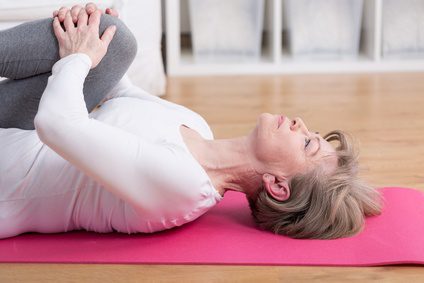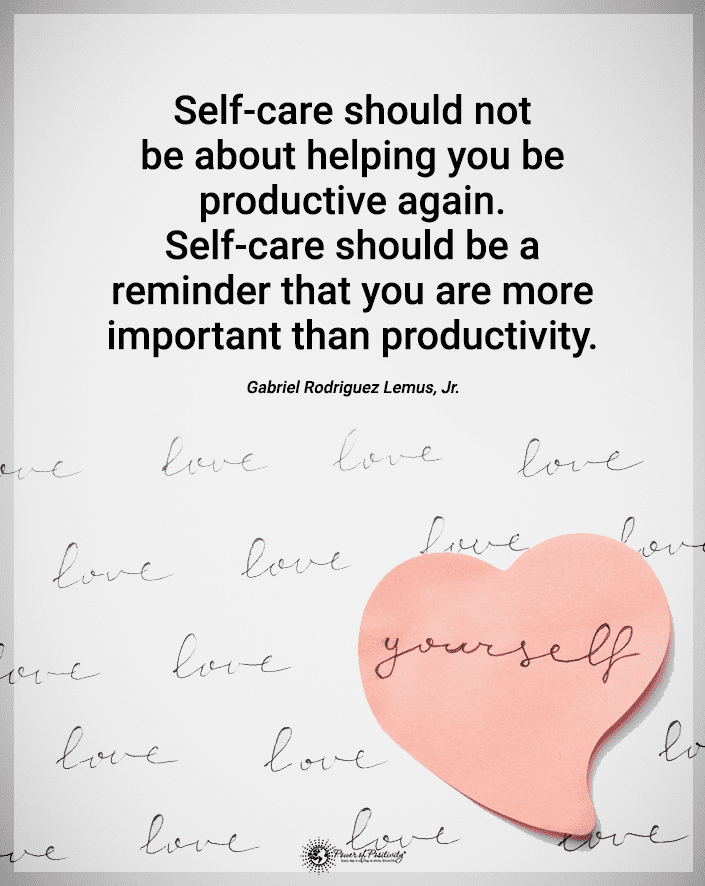The sciatic nerve is the largest single nerve in the human body; traveling downwards from both sides of the lower spine, through the buttocks to the back of the thigh and continuing down to the foot. This nerve is single-handedly responsible for connecting the spinal cord to the leg and foot muscles. Sciatica results when inflammation strikes this nerve.
Given the length and function of the sciatic nerve, it is quite possible to experience sciatic pain (sciatica) at some point in your life. Unfortunately, this pain is often both excruciating and debilitating when it strikes.
Common symptoms of sciatica:
– Constant pain on one side of the buttock or leg.
– Sharp, severe pain in one leg – making it difficult to stand or walk.
– Foot pain or pain in the toes.
– Discomfort worsens when standing or sitting, while dissipating when laying down or walking.
– Pain is sharp and searing, not dull.
– Pain originates in the lower back or buttock and travels downwards.
– A “pins-and-needles” or prickling sensation down the leg.
In many cases, this pain can be resolved with some simple exercises over a short period of time. However, when experiencing severe and/or persistent pain – generally over a week – it is always best to seek medical advice.
Here are some exercises that you can try to relieve sciatica.
#1. Knee to chest stretch
Starting position: Lie down face-up on a mat or carpet, knees bent, feet straight and hip-width apart. Chin slightly tucked.
Support: Place a small cushion under the head.
Motion: Move the knee up and grasp with interlocked fingers. Slowly bring the knee towards your chest, stopping at the point of discomfort. Hold the position for 20-30 seconds with deep, controlled breathing.
Repeat motion three times with each leg.
Pointers:
-Ignore the natural tendency to tense up chest, neck or shoulders. This often happens when and if pain surfaces.
-Keep the upper body relaxed throughout the exercise.
#2. Sciatica stretch
Starting position: Lie down face-up on a mat or carpet knees bent, feet straight and hip-width apart. Chin slightly tucked.
Support: Place a small cushion under the head.
Motion: Bend one knee up to the chest and hold hamstring with both hands just below the knee. Slowly straighten the knee and bring your foot towards your abdominal area, stopping at the point of discomfort. Hold the position for 20-30 seconds with deep, controlled breathing. Bend the knee and return to the starting position.
Repeat motion three times with each leg.
Pointers:
– Don’t place any more pressure on your lower back than necessary for the stretch.
– Make sure to stop if any pain, tingling or numbness is felt.
#3. Seated hip stretch
Starting position: Sit in a chair or on the floor. If sitting on the floor, cross one leg over with the other leg straight. If sitting on a chair, simply cross one leg over the other with the ankle area supported by the opposite knee.
Support: Use a small cushion in either position if more comfortable.
Motion: Sitting on the floor, cross the right leg over the straightened left leg and hug the right knee with your left arm while keeping your back straight. Stop at the point of discomfort. Hold for 30 seconds while breathing deeply.
Sitting in a chair, gently lean forward until the stretch is felt. Stop at the point of discomfort. Hold for 30 seconds while breathing deeply.
Repeat on the opposite side, if desired.
Pointers:
– Keep the back straight if performing the exercise on the floor. If sitting on a chair, you will lean forward to perform the stretch.
– Stop if any pain, tingling or numbness is felt.
#4. Piriformis stretch
Starting position: Lie down face-up on a mat or carpet with both feet flat on the floor, knees bent.
Support: Place a small cushion under the head if more comfortable.
Motion: Rest your left or right angle over the opposite knee, grasp the opposite leg just below the knee and pull the thigh towards your chest. Stop at the point of sciatica discomfort and hold the position for 30 seconds, breathing deeply.
Repeat stretch on other leg.
Pointers:
– Remember to keep both feet relaxed as possible.
– Keep neck and back flat on the ground while performing the exercise.
– Stop if any pain, tingling or numbness is felt.
#5. Back extensions
Starting position: On a carpet or mat, lie down on your stomach while using your elbows for support. Lengthen your back, shoulders and neck.
Support: Mat or blanket may be used if more comfortable.
Motion: Keeping your body lengthened, arch your back by pushing down on your upper arms or hands. A stretch should be felt in your stomach muscles if performed correctly. Stop at the point of discomfort and hold the position for 10-15 seconds while breathing deeply.
Repeat the stretch up to 10 times, if comfortable.
Pointers:
– Keep your hips flat on the ground.
– The neck should remain straight throughout the exercise.
– Do not push past the point of discomfort.
The above exercises should provide some measure of relief from sciatic pain if performed correctly and on a regular basis. It is notable that these are beneficial exercises for general back pain as well. Further, the exercises are terrific for keeping the body healthy and enhancing or maintaining flexibility.
Final Thoughts on Coping with Sciatica
Remember: If your sciatica pain persists or worsens, please seek medical advice. These exercises are not meant to substitute necessary medical care for severe and/or chronic back pain.



















